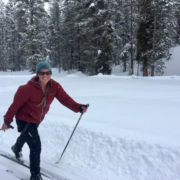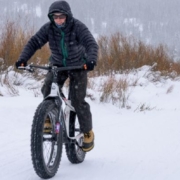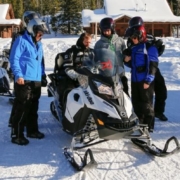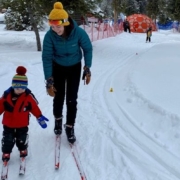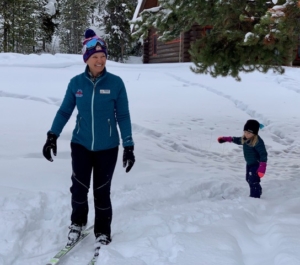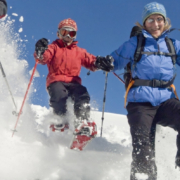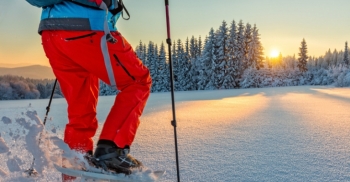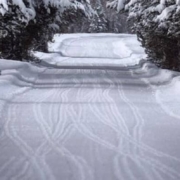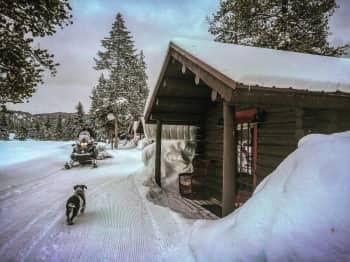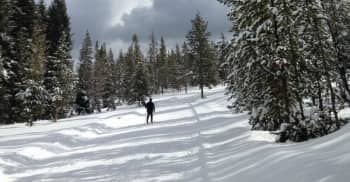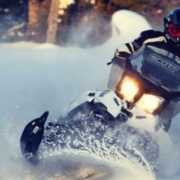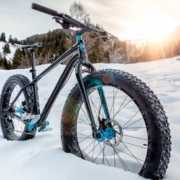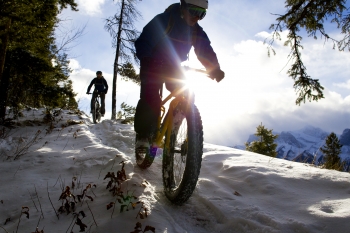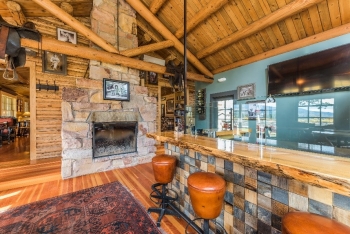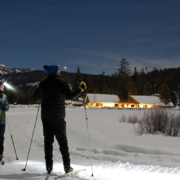Our ski instructors at Turpin Meadow Ranch enjoy teaching guests of all ages and abilities. Several of them are proud to hold certifications from Professional Ski Instructors of America (PSIA). They enjoy guiding, coaching, and encouraging guests while offering instruction on techniques endorsed by PSIA to advance their students in a safety-oriented environment. Our Lead Adventure Guide, Elee, explains how our guests benefit by taking lessons from PSIA certified instructors.
What is PSIA?
It’s the biggest certifier of snow sports including cross-country skiing. We must pass rigorous testing and curriculum in order to be certified and there are multiple levels of certifications to achieve. There are only about 32,000 individuals who hold PSIA certifications.
Professional Ski Instructors of America’s mission, as part of the ski and snowboard industry, is to help develop instructors and their students’ personally and professionally, create positive learning experiences, and encourage all to have more fun.
What Can Our Guests Expect When Taking Lessons from a PSIA Certified Ski Instructor?
A PSIA certified ski instructor not only knows how to ski but how to teach it so that guests learn safely and have fun doing it. When they take lessons from us, they’re not just getting a recreational hobbyist. We’re vetted, certified, and have been checked out by meeting and passing rigorous programs that cover not just our own competency of the sport but also how to instruct it.
In fact, at the heart and focus of the PSIA certification is the guest. To graduate from the first level of the program, a multi-page assessment and observations of our skills and personal engagement abilities are taken over several days at the end of each level’s program that covers topics like our teaching skills, personal skills, and guest interactions.
It means we know how to create a safe environment and can help advance guests’ ability in the sport in ways that are fun every step of the way whether it is their first or 70th time.
How do PSIA Instructors Benefit Kids?
PSIA trained instructors are specialized to teach children. Making sure kiddos always have fun is key in building confidence, improving skills, and level-up their appreciation of the sport so they’ll want to keep doing it. Any parent knows this is important for kids and a different approach is necessary to teach them new and technical skills.
Do Adults Also Benefit from Learning from PSIA Certified Instructors?
Absolutely! To become PSIA certified, we must show a deep understanding and capability of the sport and how to teach it. This means we can adapt lessons to fit each guest’s needs and goals. And let’s be frank, it’s important for adults to have fun doing it, too.
Here at the Ranch, we have instructed first-timers who want to try Classic and/or Skate skiing for the first time to see if it makes sense to invest in their own equipment, to lifelong ski enthusiasts who want to become better at the sport, and even competitive racers seeking to improve their techniques to win their races. We make sure everyone meets their goals and has a fun time doing it!

